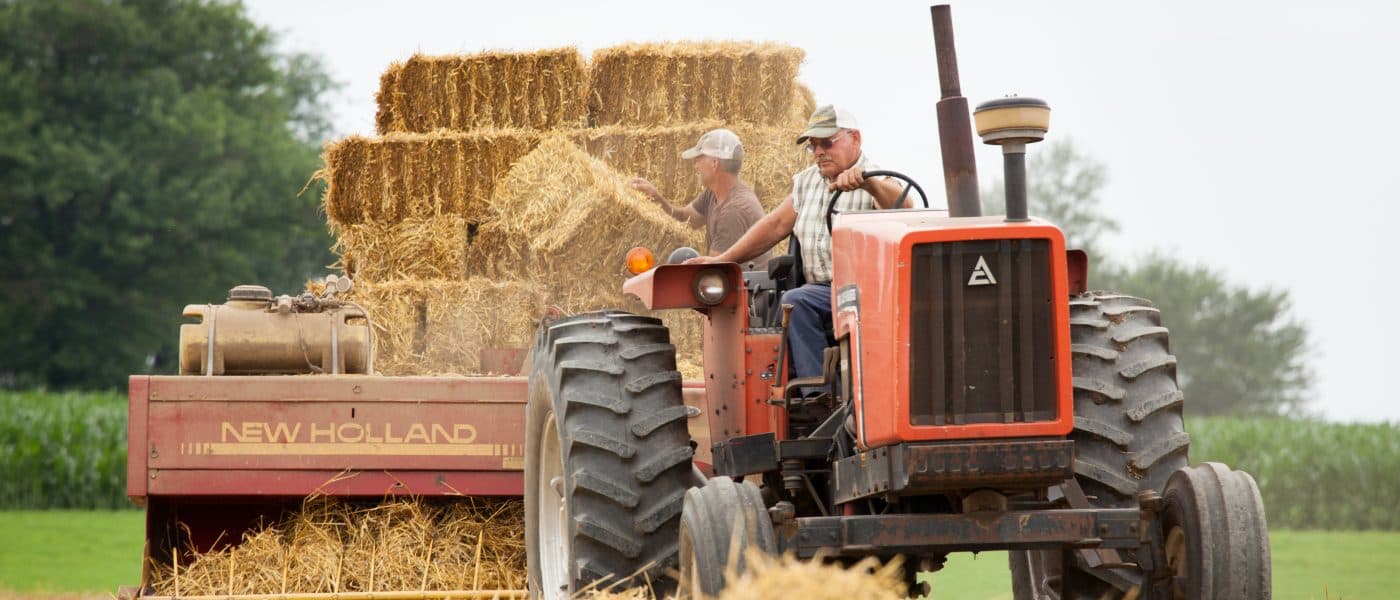This piece from NPR’s Dan Charles will not only make you crave a fresh, juicy summer peach, but will also take you deep into a story of a family, a bleak moment in history, and an all-out food revolution. Peach farmer and preservationist Mas Masumoto grew up on the farm in southeast Fresno, CA, that his parents had bought after being released from an internment camp that imprisoned Japanese-Americans during World War II. Post-college, Masumoto returned to his family’s farm and started a family of his own. But year after year, he’d find that the big peach buyers simply wouldn’t want his product – an old heirloom variety peach called Suncrest that just didn’t have the flashy cosmetics or shelf-life to keep buyers interested. It seemed it was time for the bulldozer to destroy the orchard – or so Masumoto thought. He wrote “Epitaph for a Peach,” a sort of eulogy for the Suncrest variety that he loved, but was losing the family farm thousands of dollars. He sent the essay off to the LA Times, who published it, sparking readers to send letters to Masumoto, begging him to continue growing these peaches that he himself promised “tasted great, like a peach was supposed to.” These letters, along with an unwelcome visit from the peach-executioner driving the bulldozer, were the sign that Masumoto was looking for. He kept the trees, and got the attention of acclaimed chef and food activist Alice Waters, who put the peaches on the menu at her restaurant. Today, Masumoto has passed the farm and legacy on to his daughter, Nikiko, who has since moved in to her grandparents’ old farmhouse.
Avid Roundup readers may recall that Nestle opted to use natural flavors and colors in their products instead of their old artificial methods. This week’s chocolate update questions whether the use of genetic modification can save humanity from the dreaded chocolate shortage predicted to hit within the next five years due to climate change, disease, and demand. Chocolate, which begins with the seeds of the cacao tree, has an abundance of limitations. Geographically speaking, it’s nearly impossible to grow beyond the “20/20 zone,” a belt 20 degrees north or south of the Equator. It’s also often plagued with witches’ broom, a fungus that has wiped out cacao trees for years. Options to stave off impending chocolate shortage have been popping up, such as CNN-51, a sturdy, disease-resistant, and less fussy variety with an unfortunately flat flavor. Scientists now wonder if it’s time to capture the chocolate flavor profile we know and love by resorting to GMOs. Because of its extremely complex makeup, a GMO cacao plant won’t be easy, but the genome of the plant has been mapped by both scientists from Hershey’s and Mars. Is GMO chocolate environmentally worth it? Or would you shell out more for the popular confection?
Curious about last year’s farm bill? Check out this piece from Slate that attempts to make some sense of the 1,000-page bill that has the rare quality of both bipartisan support and opposition. Author Alec MacGillis believes that while it may be too soon for final judgment of the bill, the costly agricultural subsidies that were supposed to be reined in were rather boosted. The farm bill also replaced direct payments to farmers with subsidized crop insurance programs, which were expected to be more efficient and save taxpayers $23 billion in the long run, but instead will pay out over $24 billion according to an analysis by the Environmental Working Group. Groups like the National Family Farm Coalition had hoped that lawmakers would have considered an alternative to the subsidies such as a price stabilization program, which would cost the government much less, but isn’t beneficial to big agribusiness. “There can be a safety net in agriculture, but it should be a very basic safety net that steps in when farmers suffer crippling losses,” said Craig Cox of the Environmental Working Group. “It shouldn’t be programs that simply boost incomes, that actually are income transfers to businesses in the guise of a safety net.” The House Agriculture Committee is preparing to get a new farm bill through in 2019, but the threats facing agriculture aren’t expected to solve themselves between now and then.
Technological advancements are supposed to make everyone’s lives easier. This article from Lancaster Farming describes how this idea extends to the farming community by providing information on the coolers and storage spots for farmers’ produce via updates sent to their cell phones. The University of Vermont Test Project Extension service installed remote thermostats int nine farms’ storage units, reducing the rates of vegetables that didn’t last by 30-50%, adding an average of $10,000 in revenue for farmers. Pete Johnson, owner of Pete’s Greens in northern Vermont, is on board with being able to detect and quickly fix any problems without having to physically monitor things himself. “The fact that there’s something in there all the time checking in on it, letting us know what’s going on is extremely helpful,” he says. This system, so far a success, has boosted confidence among growers, and will hopefully allow for farm expansion in the future.
Wednesday, March 18th, marked the 42nd annual National Agriculture Day in America! The holiday was created to celebrate and recognize the valued contributions of farmers and to increase the public awareness of agriculture’s vital role in our society. In honor of Ag Day’s passing, check out this list of food trivia and learn a little more about your favorite good eats! My personal favorite from the page: we are eating 900% more broccoli than we did 20 years ago (I like to think that’s because I was born about 20 years ago… Maybe I account for that 900%!).


